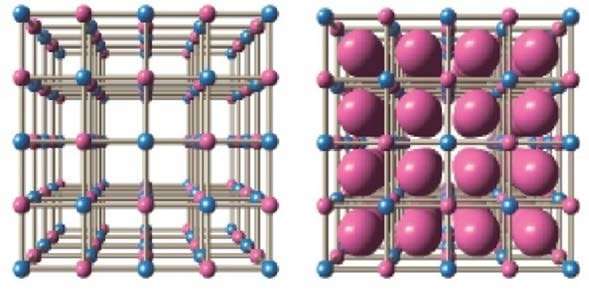Turning background room temperature heat into energy

Every time we convert energy from one form to another, part of that energy is lost in the form of heat. Trying to efficiently get that energy back is very difficult once it is lost to the environment. Thermoelectric devices can change heat energy into electricity, and vice versa. But to capture energy from heat efficiently, these devices typically need to work at high temperatures with a large temperature difference.
Now researchers centered at Japan's University of Tsukuba have developed a new kind of thermoelectric system that can harness small energy differences at low temperatures. They recently reported their results in Applied Physics Express.
"Thermoelectric batteries like ours have been proposed before, but those have been based on liquid-based cells, which are impractical for real-world applications. We created a thin-film device that operates on the same principle but with two types of solid redox material that produce a change in the potential difference in the cell over a heating and cooling cycle," says first author Takayuki Shibata.
Changing the temperature alters the ability of different layers in the device to hold on to electrons. If one layer has a greater affinity for electrons that another, this creates a potential difference. The flow of electrons from one layer to the other can then be harnessed to do work as the cell is discharged, in the same way that a normal battery works.
The researchers tested their devices for harvesting waste heat energy near room temperature. Their device produced an electrical energy of 2.3 meV per heat cycle between around 25 and 50 degrees Celsius. This result reflected an efficiency of around 1.0 percent, although the theoretical maximum for this device should be around 8.7 percent.
Corresponding author Yutaka Moritomo says, "We still have some work to do on improving the efficiency, but we expect that these issues will be overcome by optimizing the anode and cathode materials. Importantly, we have shown that solid-state thermoelectric batteries are viable and our film deposition method could be extended to large areas. This technology offers realistic prospects for large-scale heat energy recovery, which could be help a range of industries become more efficient."
More information: Takayuki Shibata et al, Thermal power generation during heat cycle near room temperature, Applied Physics Express (2017). DOI: 10.7567/APEX.11.017101
Provided by University of Tsukuba





















